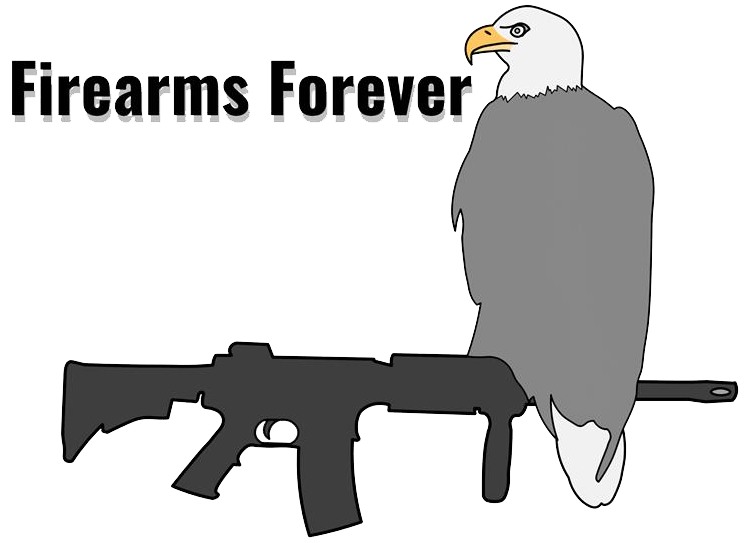After President Trump’s high-level meeting at the White House last week with President Zelenskyy and several European leaders, attention has turned to what security guarantees for Ukraine might look like if a peace deal is reached. Ukraine remains understandably wary of assurances that sound strong on paper but prove meaningless in practice. The 1994 Budapest Memorandum—under which Ukraine gave up the world’s third-largest nuclear arsenal in exchange for promises later violated by Russia in 2014—remains a cautionary tale.
The most effective way to guarantee Ukraine’s long-term security is NATO membership. But in the short term, President Trump has repeatedly stated that he does not support this idea, nor will he agree to U.S. troops on Ukrainian soil. With this political reality in mind, policymakers should consider a layered approach to guaranteeing Ukraine’s security. No single measure is sufficient, but together they would provide the most robust protection currently possible.
The first step would be to establish a civilian monitoring mission that can patrol both sides of a line of occupation, should a peace agreement leave Russian troops on Ukrainian soil. For credibility, it would need to be led by an organization that both Ukraine and Russia could accept. The Organization of Turkic States or the Gulf Cooperation Council might be viable options, as both aspire to play larger geopolitical roles. While such a mission would not resolve all disputes, it could help stabilize a fragile ceasefire and reduce the risk of renewed hostilities.
The second element would be the creation of a European coalition of the willing—that is, European governments willing to send troops to Ukraine to serve as a deterrent and as a visible demonstration of their commitment to its sovereignty. Several countries, including the UK, France, Canada, and Türkiye, have suggested they could contribute forces. Deployments could be rotational, positioned away from the line of occupation but along likely (future) invasion routes. In addition, the coalition should establish an air policing mission to secure Ukraine’s skies, operating from bases in Poland and Romania. Maritime patrols in the Black Sea would also be essential. A secure and open Black Sea is vital not only for Ukraine’s economy but also for broader regional stability.
The third layer involves America. Even without U.S. troops in Ukraine, Washington can still play an indispensable part. The U.S. should provide “over-the-horizon” capabilities such as air-to-air refueling, intelligence sharing, and air and naval patrols to support Europe’s coalition. Pre-positioning U.S. forces outside Ukraine for potential rapid deployment would further enhance deterrence. The U.S. should also restart the National Guard State Partnership Program with Ukraine. Since 1993, the California National Guard has worked with Ukraine through the SPP to improve military interoperability. But these efforts have been on hold since 2022. Policymakers should revive this program to deepen US-Ukraine military relations.
Another important area is defense industrial cooperation. The war has accelerated Ukraine’s defense sector, particularly in unmanned systems. Closer cooperation would give American companies access to cutting-edge innovation while strengthening Ukraine’s domestic capacity.
Above all, U.S. military assistance must continue even after a peace deal. The Ukrainian Armed Forces will ultimately be the main guarantor of the country’s security, and Russia will almost certainly use any pause to rearm. It is in America’s interest to ensure Ukraine remains resilient and capable.
A fourth layer should involve deepening Ukraine’s Euro-Atlantic engagement. While NATO membership may not be possible now and Ukraine’s EU accession process will be lengthy, practical steps should be taken to bring Ukraine closer. NATO could establish a Center of Excellence on Modern Warfare in Ukraine, helping allies to learn from Kyiv’s battlefield experience. Ukraine could once again contribute to the NATO Response Force, boosting interoperability without requiring an alliance footprint inside the country. Every NATO summit should include a session of the NATO-Ukraine Council, and Ukraine should be invited as an observer to other high-level meetings when appropriate. Such measures would institutionalize Ukraine’s place in the Euro-Atlantic family while keeping the door open for eventual membership. Finally, NATO is unlikely to approve any mission to train Ukrainian forces, whether inside or outside of their home country. But the European Union could step in under its Common Security and Defense Policy framework. A joint EU-Ukraine training operation at the Yavoriv Combat Training Center in western Ukraine would carry important symbolic and practical value, even if modest in size.
The final layer requires strengthening NATO’s eastern front. While these measures may not directly guarantee Ukraine’s security, they are essential for regional stability and for reinforcing NATO’s deterrence posture. Even after peace talks, history suggests that Russia will continue to threaten Eastern Europe. NATO should maintain its enhanced forward presence, and serious consideration should be given to a greater role for Poland in nuclear burden-sharing. For decades, several NATO members have hosted U.S. B61 nuclear gravity bombs and operated dual-capable aircraft that can deliver them. Adding Poland to this group would send a powerful message of deterrence. Equally important is sustaining U.S. troop levels in Europe. Policymakers should resist the temptation to interpret a ceasefire as a reason for drawdowns. Past withdrawals have only emboldened aggressors.
With the right vision, political courage, and statecraft, President Trump has the opportunity to shape an outcome that secures his legacy as a peacemaker but also ensures the long-term security of Ukraine and the wider transatlantic community. A layered approach to security guarantees, while imperfect, offers the best path forward until Ukraine can take its rightful place as a full member of NATO.
Luke Coffey is a senior fellow at the Hudson Institute.
Read the full article here



